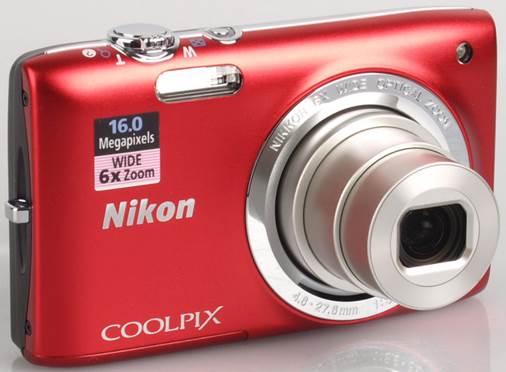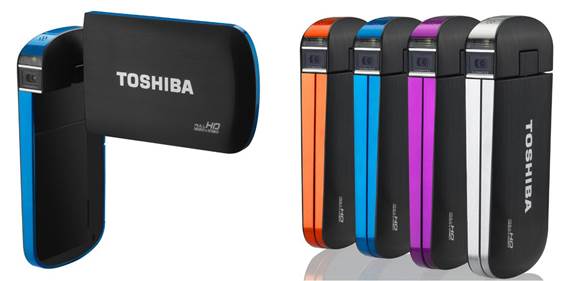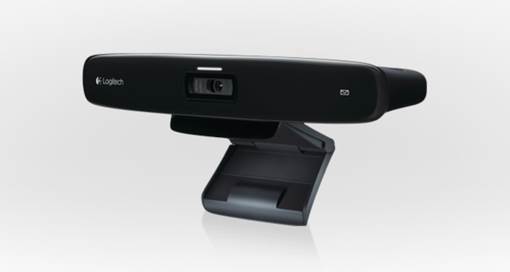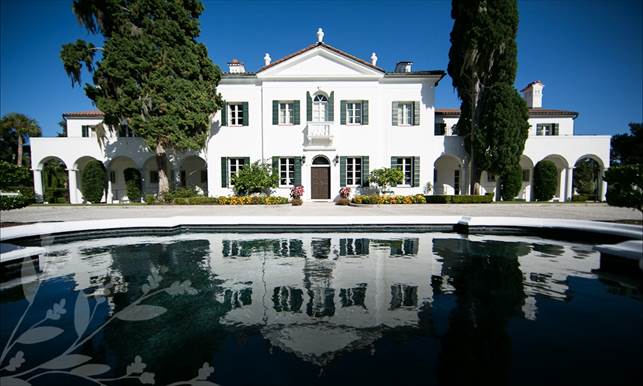Get more into your pictures with an optical shoehorn
Full-frame digital photography is very much the road less travelled, and the vast majority of us use D-SLRs with smaller APS-C (Advanced Photo System-Classic) sensors. In a nutshell, this means that when you’re using a full-frame camera like the Canon EOS 5D Mark II, the zoom range that’s printed on the lens is the zoom range you’ll actually get. However, with cameras ranging from the 1100D to the 7D, you need to apply a focal length multiplier (or crop factor) of 1.6x, regardless of whether the lens is designed for full-frame or APS-C bodies.
The upshot is that if you want an ultra-wide lens for your APS-C camera, you really need to buy one that’s designed exclusively for this type of body. It’s easy to tell the difference. Full-frame lenses have designations that include Canon EF, Sigma DG, Tamron Di and Tokina D. Those made specifically for APS-C bodies are Canon EF-S, Sigma DC, Tamron Di II and Tokina DX. Full-frame lenses are fully compatible with both full-frame and APS-C bodies, but you can’t use APS-C lenses on a full-frame body as lens optics are too small.

A photo shot with Tamron SP AF 10-24mm f/3.5-4.5 Di II
It’s only natural to think that shorter focal lengths give wider angles of view. That’s true to a large extent. For example, the Canon EF 17-40mm on test gives a maximum angle of view of 104 degrees on a full-frame body. The Canon EF-S 10-22mm gives a similar 107 degrees on APS-C bodies. Sticking with APS-C, the Tokina 12-24mm gives a narrower 99 degrees maximum angle of view and the Sigma 8-16mm goes wider at 114 degrees. But that’s not the whole story.
Sigma 10-20mm f/3.5 EX DC HSM
This updated version of Sigma’s perennially popular 10-20mm f/4.5-5.6 lens has the advantage of being a ‘constant aperture’ model. The largest aperture of f/3.5 therefore remains available throughout the entire zoom range and, indeed, it’s a third of a stop faster than both the Canon EF 17-40mm and Tokina 12-24mm constant-aperture zoom lenses in the group. It’s also a considerable one-and-a-third stops faster than the older Sigma f/4.5-5.6 lens at the 20mm end of the zoom range.
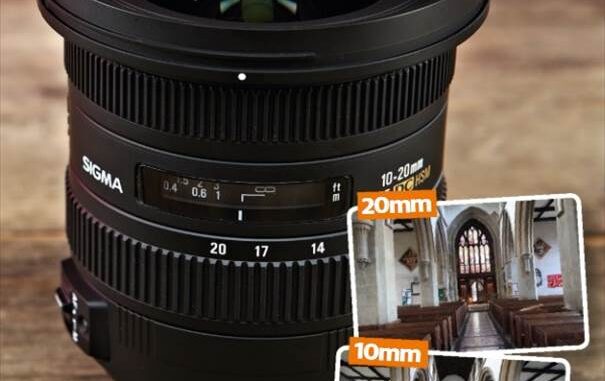
Sigma 10-20mm f/3.5 EX DC HSM
Build quality feels very robust, and definitely a match for the Canon EF-S 10-22mm. However, like all Sigma lenses, it lacks dust and moisture seals. The ring-type HSM autofocus is quicker than that fitted to the Sigma 8-16mm lens and practically silent, matching the Canon lenses for performance.
Sharpness is good throughout the zoom range, although we found it best to reduce the aperture to f/8 for good results at the long end of the range. There’s very little vignetting or colour fringing, and distortions are well controlled. The Sigma also proved particularly resistant to ghosting and flare when shooting outdoors and into the light. A cracking lens at a very good price.
| Verdict
· Price: $329 at Amazon · For: Fast, constant aperture of f/3.5; very well built with optical performance to match · Against: Sharpness can be lacking at the 20mm end of the zoom range when using large apertures |
Tamron SP AF 10-24mm f/3.5-4.5 Di II
Tamron seems to have upped its game over the past couple of years, with some excellent new launches like the 18-270mm VC PZD and 70-300mm VC USD. Meanwhile, review samples of older lenses now also seem to have taken a step up the quality ladder. The 10-24mm is a case in point. Once this lens was noticable for a disappointing lack of sharpness at every focal length and aperture setting. The review sample we received this time around proved very much better.
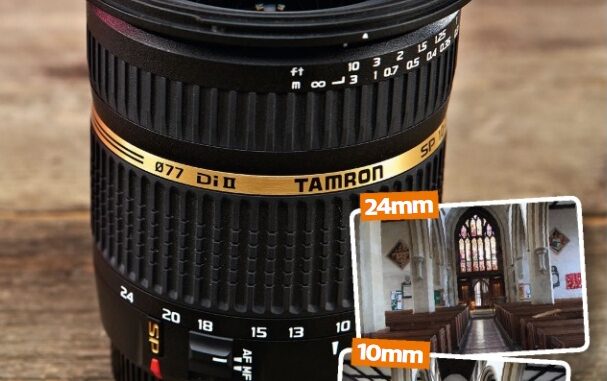
Tamron SP AF 10-24mm f/3.5-4.5 Di II
Some drawbacks remain the same though. The basic micro-motor autofocus is very sluggish, but is at least quiet for a conventional motor-driven system. The lack of AF speed is only likely to be an issue if you’re shooting sports or other action, and is largely immaterial for landscapes or portrait shots.
Colour fringing can be noticeable around high-contrast edges – especially towards the corners of the frame – and the fringing can’t be tuned out by shooting in RAW and editing images in Digital Photo Professional. Even so, the Tamron can deliver excellent results and, considering it’s little more than half the price of the competing Canon EF-S 10-22mm, it’s a top-value buy.
| Verdict
· Price: $406 at Amazon · For: Image quality is very good overall, for a lens that’s relatively cheap inexpensive · Against: Autofocus is very sluggish compared with most lenses in the group |
- Ultra-wide Lenses Group Test (Part 1) – Canon EF-S 10-22mm f/3.5-4.5 USM, Canon EF 17-40mm f/4L USM
- Ultra-wide Lenses Group Test (Part 2) – Sigma 8-16mm f/4.5-5.6 DC HSM, Sigma 10mm f/2.8 EX DC HSM
- Ultra-wide Lenses Group Test (Part 4) – Tokina AF 10-17mm f/3.5-4.5 AT-X 107 DX, Tokina 12-24mm f/4 AT-X 124 PRO DX II
